In the realm of international trade, sea freight shipping plays a crucial role, particularly for businesses aiming to import goods from China to the United Arab Emirates (UAE). This guide aims to illuminate the intricacies of sea freight, highlighting its benefits, the various shipping options available, and the essential steps to prepare for a seamless shipping experience. Whether you’re new to importing or seeking to refine your logistics strategy, understanding the fundamentals of sea freight can significantly enhance the efficiency and cost-effectiveness of your operations. Join us as we explore the key aspects of sea freight shipping, ensuring your journey from China to the UAE is smooth and successful.
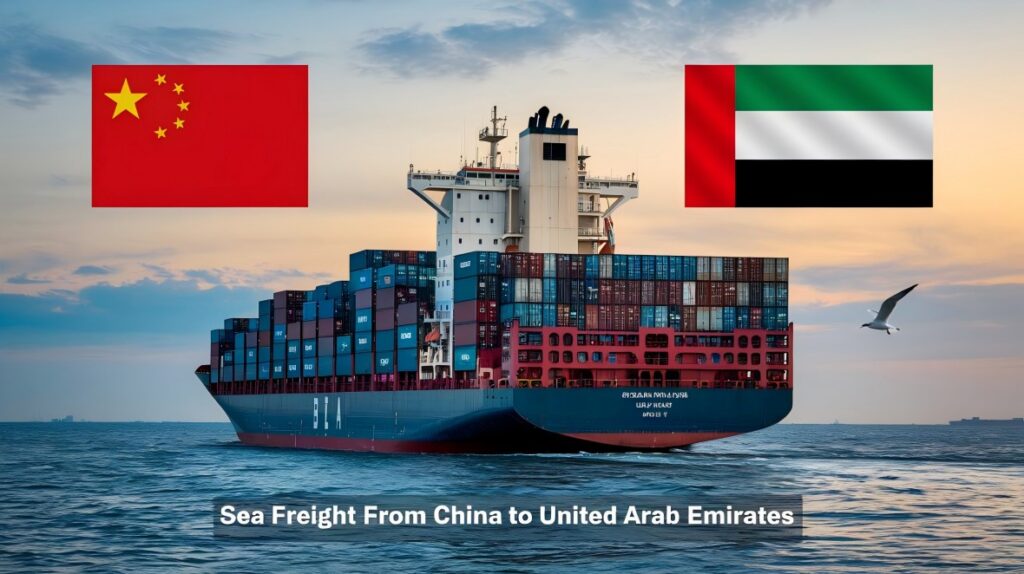
Understanding Sea Freight Shipping
Sea freight shipping refers to the transportation of goods via ocean vessels. This mode of transport is widely used for bulk shipments, capitalizing on its cost-effectiveness and capacity for large volumes. Sea freight is particularly beneficial for businesses that are looking to import significant quantities of goods, as it allows for the transportation of everything from raw materials to finished products.
Key Characteristics of Sea Freight:
- Economical: Generally, shipping by sea is more affordable compared to air freight, especially for large shipments.
- Capacity: Vessels can carry large quantities of cargo, making it ideal for bulk shipping.
- Variety: A diverse range of goods can be shipped, including oversized items that may not fit in standard shipping containers.
Benefits of Sea Freight from China to United Arab Emirates
When considering sea freight from China to the UAE, several benefits stand out:
| Benefit | Description |
|---|---|
| Cost-Effective | Sea freight is significantly cheaper than air freight, making it suitable for businesses on tight budgets. |
| Large Capacity | Ability to transport large quantities of goods in a single shipment, reducing logistical complexity. |
| Environmental Impact | Shipping by sea has a lower carbon footprint per ton-mile compared to air freight, promoting sustainability. |
| Flexible Options | Multiple service options such as Full Container Load (FCL) and Less Than Container Load (LCL) allow businesses to choose according to their needs. |
Types of Sea Freight Services
Businesses can opt for various types of sea freight services depending on their shipment requirements:
- Full Container Load (FCL): Ideal for shippers who have enough goods to fill an entire container. This service ensures that your cargo is not mixed with others, reducing the risk of damage and delays.
- Less Than Container Load (LCL): Suitable for smaller shipments that do not fill an entire container. This service allows multiple shippers to share the container space, optimizing costs for smaller shipments.
- Roll-on/Roll-off (RoRo): This service is specifically designed for transporting vehicles and heavy machinery. The cargo is driven onto the vessel and secured for transport.
You may be interested in the following related articles:
- The Ultimate Guide to Sea Freight from China to Saudi Arabia
- Sea Freight from China to Greece: A Complete Step-by-Step Process
- The Ultimate Guide to Sea Freight from China to Algeria
- Step-by-Step Guide to Sea Freight From China to Iraq
- Step-by-Step Guide to Sea Freight From China to Italy
- The Ultimate Guide to Sea Freight from China to Canada
Preparing for Your Sea Freight Shipment
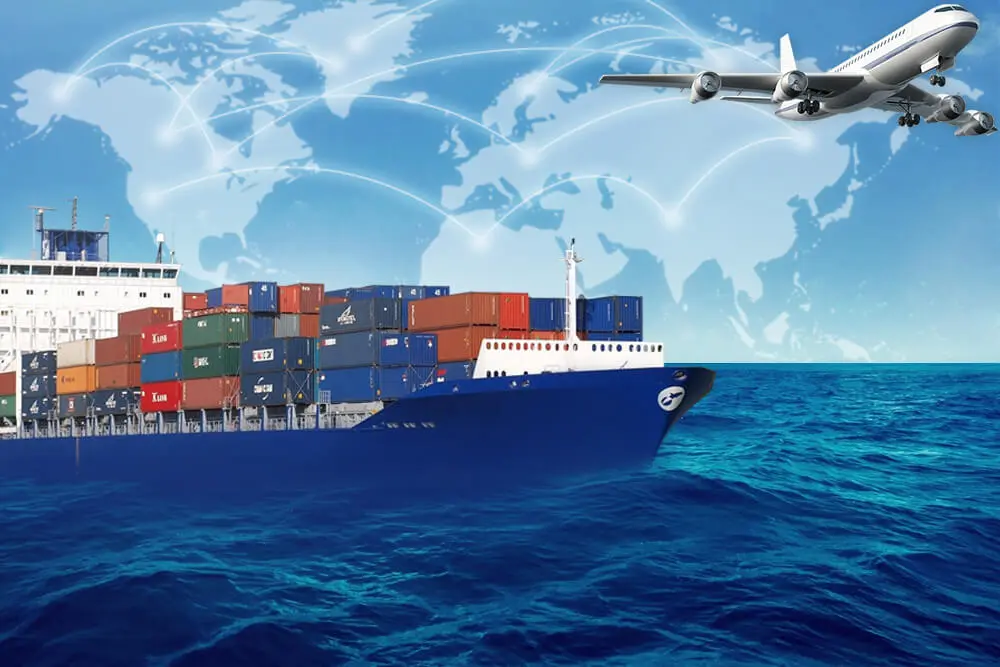
Proper preparation is essential for ensuring a smooth sea freight process when importing goods from China to the UAE. Here are the key steps to consider:
Calculating Cargo Volume and Weight
Understanding the volume and weight of your cargo is critical. Your shipping costs will largely depend on these factors, which can be calculated as follows:
- Volume Calculation: Measure the dimensions of your cargo (length, width, height) and multiply these figures to obtain the cubic meters.
- Weight Calculation: Weigh the cargo accurately, as shipping lines may charge based on the greater of the actual weight or the volumetric weight (calculated as length × width × height ÷ 6000).
Importance of Accurate Measurements:
- Ensures accurate shipping quotes.
- Helps determine the appropriate container type and size.
- Prevents additional charges associated with underestimating cargo dimensions.
Choosing Between FCL (Full Container Load) and LCL (Less Than Container Load)
Deciding between FCL and LCL is a crucial step that depends on your shipment’s size and urgency:
| Criteria | FCL | LCL |
|---|---|---|
| Cost | Usually more cost-effective for large shipments | More economical for smaller shipments |
| Transit Time | Faster since the container is dedicated | Longer due to consolidation and deconsolidation process |
| Risk of Damage | Lower risk as the cargo is not mixed | Higher risk due to shared space with other shipments |
Selecting the Right Container Size
Choosing the appropriate container size is pivotal to optimizing your shipping costs and ensuring the safety of your cargo. Here are common container sizes:
- 20-foot Container: Suitable for smaller shipments, typically holds approximately 28 cubic meters or 22 tons of cargo.
- 40-foot Container: Best for larger shipments, with a capacity of about 67 cubic meters or 30 tons of cargo.
- 40-foot High Cube Container: Offers additional vertical space, making it ideal for bulky items or goods that require more headroom.
Considerations for Container Selection:
- Evaluate the dimensions and weight of your cargo.
- Factor in the need for extra space if your goods require special handling or packing.
- Consult with your freight forwarder, such as Dantful International Logistics, for expert recommendations on container selection.
By following these guidelines, businesses can optimize their sea freight process from China to the United Arab Emirates. Partnering with a professional logistics provider, such as Dantful, can further streamline your shipping experience, ensuring cost-effective and high-quality service every step of the way.
Dantful International Logistics Services:
- Dantful Ocean Freight Services
- Air Freight From China
- Amazon FBA Freight Forwarding
- WAREHOUSE Services
- One-Stop Customs Clearance Solution
- Cargo Insurance Services in China
- DDP Shipping Services By Dantful Logistics
- Out of Gauge Cargo Transportation Shipping Services
Essential Documents for Sea Freight From China to the United Arab Emirates
When engaging in sea freight logistics from China to the United Arab Emirates (UAE), several essential documents must be prepared accurately to ensure compliance with international shipping regulations. Each document plays a pivotal role in facilitating the smooth movement of goods across borders.
Commercial Invoice
The commercial invoice is a crucial document that contains vital information about the transaction between the buyer and seller. It includes details such as:
- Names and addresses of the buyer and seller
- Invoice number and date
- Description of goods (including quantity and price)
- Payment terms
- Total value of the shipment
The commercial invoice serves as a legal document and is used by customs authorities to assess duties and taxes.
Packing List
The packing list provides a detailed account of the contents of each package being shipped. It typically includes:
- Description of each item
- Quantity of each item
- Weight and dimensions of the packages
- Special handling instructions
This document is essential for customs clearance and helps to ensure that all items are accounted for during loading and unloading.
Bill of Lading
The bill of lading (B/L) is a critical document that acts as a contract between the shipper and the carrier. It serves multiple purposes:
- Acknowledges the receipt of cargo by the shipping line.
- Serves as a document of title, meaning it can be transferred to another party.
- Provides details about the shipment, including origin, destination, and routing.
There are different types of bills of lading, including straight B/L, which is non-transferable, and negotiable B/L, which can be transferred to a third party.
Certificate of Origin
The certificate of origin is an official document declaring the country in which the goods were manufactured. It is often required by customs authorities and can affect tariff rates. This document includes:
- Name and address of the manufacturer
- Description of the goods
- Country of origin
- Signature of the authorized entity
Having a valid certificate of origin can help expedite the customs process and ensure compliance with local regulations.
Customs Declaration Forms
Customs declaration forms are essential for both export and import procedures. These forms provide customs authorities with the necessary data to assess duties and ensure that goods comply with local laws and regulations. Key components typically include:
- Description of the goods
- Value and quantity
- Customs codes
- Declaration of compliance with local regulations
These forms must be filled out accurately to prevent delays during customs clearance.
The Sea Freight Shipping Process Step-by-Step
Navigating the sea freight shipping process involves several critical steps, each requiring careful attention to detail to ensure successful delivery from China to the UAE.
1. Obtaining a Freight Quote and Booking
Providing Shipment Details to the Freight Forwarder
The initial step involves supplying your freight forwarder with comprehensive details about your shipment, including:
- Type of cargo
- Dimensions and weight
- Preferred shipping method (FCL or LCL)
- Destination details
Agreeing on Shipping Terms and Rates
Following the provision of shipment details, the freight forwarder will provide a quote. This includes:
- Shipping costs
- Additional fees (such as handling, customs clearance, and insurance)
Both parties must agree on the terms before proceeding.
Confirming the Booking
Once the terms are agreed upon, the booking must be confirmed through a written acknowledgment, securing space on the vessel for your cargo.
2. Cargo Pick-Up and Delivery to the Port
Arranging for Cargo Pick-Up from the Supplier
The next stage involves coordinating with your supplier to arrange the pick-up of the cargo. This can be managed by the freight forwarder or the importer.
Transporting the Goods to the Port of Departure in China
After pick-up, the goods are transported to the designated port of departure. This may require coordination with local transportation services.
3. Export Customs Clearance in China
Submitting Required Documents
Before shipping, all necessary documents, including the commercial invoice, packing list, and bill of lading, must be submitted to Chinese customs authorities.
Paying Export Duties and Taxes
Any applicable export duties or taxes must be settled before the cargo can be loaded onto the vessel.
4. Loading and Ocean Transportation
Loading the Cargo onto the Vessel
Once customs clearance is secured, the cargo is loaded onto the vessel designated for transportation to the UAE.
Transit Time from China to United Arab Emirates
The transit time can vary depending on factors such as the shipping route and weather conditions, typically ranging from 15 to 30 days.
5. Import Customs Clearance in United Arab Emirates
Submitting Import Documents
Upon arrival, it is necessary to submit the required import documents, including the bill of lading and customs declaration forms, to UAE customs.
Paying Import Duties and Taxes
All import duties and taxes must be paid to obtain clearance for the cargo to proceed to the next stage.
6. Cargo Unloading and Delivery to the Final Destination
Unloading the Cargo at the Port of Arrival in United Arab Emirates
Following customs clearance, the cargo is unloaded from the vessel and made available for collection.
Arranging for Final Delivery to Your Warehouse or Facility
Finally, the freight forwarder can arrange for transportation from the port to your warehouse or facility, completing the shipping process.
Shipping From China to Middle East Countries:
- Shipping from China to Saudi Arabia
- Shipping from China to UAE
- Shipping from china to KUWAIT
- Shipping From China To EGYPT
- Shipping from China to Bahrain
- Shipping From China To Jordan
- Shipping From China To Israel
- Shipping from China to Qatar
- Shipping From China To IRAQ
- Shipping from China to Iran
Challenges of Sea Freight
While sea freight is an effective means of transportation, challenges may arise that require proactive management.
Longer Transit Times: Planning for Delays
Sea freight often involves longer transit times compared to air freight. Weather disruptions, port congestion, and logistical delays can extend delivery times. Importers should factor potential delays into their planning and maintain open communication with their freight forwarder.
Weather-Related Risks: Ensuring Cargo Safety
Inclement weather poses a considerable risk during ocean transportation. Shippers must ensure that cargo is properly packaged and secured to prevent damage from adverse conditions. Additionally, keeping abreast of weather forecasts helps in preemptive planning for potential impacts on shipment schedules.
Tips for a Smooth Sea Freight Experience
To enhance your sea freight experience, consider the following best practices:
Choosing a Reliable Freight Forwarder
Selecting a trustworthy freight forwarder, such as Dantful International Logistics, ensures that your shipments are handled professionally and effectively, with a deep understanding of both local and international regulations.
Packing and Labeling Your Cargo Properly
Ensuring that your cargo is packed securely and labeled clearly is critical for efficient handling throughout the shipping process. Use quality materials and consider the nature of the goods when selecting packing methods.
Tracking Your Shipment During Transit
Utilizing tracking tools provided by your freight forwarder allows you to monitor your cargo in real-time, providing peace of mind and facilitating timely decision-making if issues arise.
Preparing for Potential Delays or Unexpected Events
Being prepared for unexpected events is essential. Develop contingency plans, including alternative shipping methods and communication strategies, ensuring you can respond to changes in transit times or customs requirements effectively.
By adhering to these guidelines and leveraging the services of experienced logistics partners, businesses can navigate the sea freight process from China to the UAE with confidence and efficiency. For more tailored solutions, consider partnering with Dantful to optimize your shipping logistics today.
FAQs
- What is sea freight shipping?
- Sea freight shipping refers to the transportation of goods via ocean vessels, primarily used for bulk shipments due to its cost-effectiveness and capacity to carry large volumes of cargo.
- What are the benefits of using sea freight from China to the UAE?
- The benefits include cost-effectiveness, large capacity for cargo, lower environmental impact, and flexible shipping options such as Full Container Load (FCL) and Less Than Container Load (LCL).
- How do I decide between FCL and LCL shipping?
- Choose FCL if you have enough goods to fill an entire container, as it is typically faster and reduces the risk of damage. LCL is ideal for smaller shipments that do not fill a full container, but it might take longer due to consolidation processes.
- What types of containers are available for shipping?
- Common container sizes include the 20-foot and 40-foot standard containers, and the 40-foot high cube container for bulkier items.
- What essential documents are needed for sea freight?
- Essential documents include the commercial invoice, packing list, bill of lading, certificate of origin, and customs declaration forms.
- What is the typical transit time for sea freight from China to the UAE?
- Transit times generally range from 15 to 30 days, depending on shipping routes and conditions.
- What challenges might I face when using sea freight?
- Challenges may include longer transit times, weather-related risks, and potential logistical delays. It is important to plan accordingly and maintain communication with your freight forwarder.
- How can I prepare my cargo for shipping?
- Measure the volume and weight accurately, choose the right container type, and ensure proper packing and labeling of goods to prevent damage during transit.

Young Chiu is a seasoned logistics expert with over 15 years of experience in international freight forwarding and supply chain management. As CEO of Dantful International Logistics, Young is dedicated to providing valuable insights and practical advice to businesses navigating the complexities of global shipping.
The other language versions of this article
- دليل خطوة بخطوة للشحن البحري من الصين إلى الإمارات العربية المتحدة – دانتفول
- Stapsgewijze handleiding voor zeevracht van China naar de Verenigde Arabische Emiraten
- Guide étape par étape du fret maritime de la Chine vers les Émirats arabes unis
- Schritt-für-Schritt-Anleitung für Seefracht von China in die Vereinigten Arabischen Emirate
- Guida passo passo al trasporto marittimo dalla Cina agli Emirati Arabi Uniti
- Guía paso a paso para el transporte marítimo desde China a los Emiratos Árabes Unidos
- Guia passo a passo para frete marítimo da China para os Emirados Árabes Unidos
- Пошаговое руководство по морским грузоперевозкам из Китая в Объединенные Арабские Эмираты
- Çin’den Birleşik Arap Emirlikleri’ne Deniz Taşımacılığına Adım Adım Kılavuz

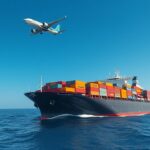


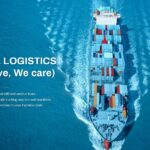
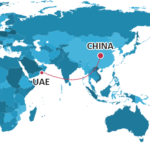
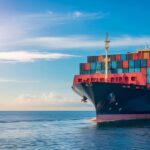


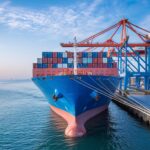

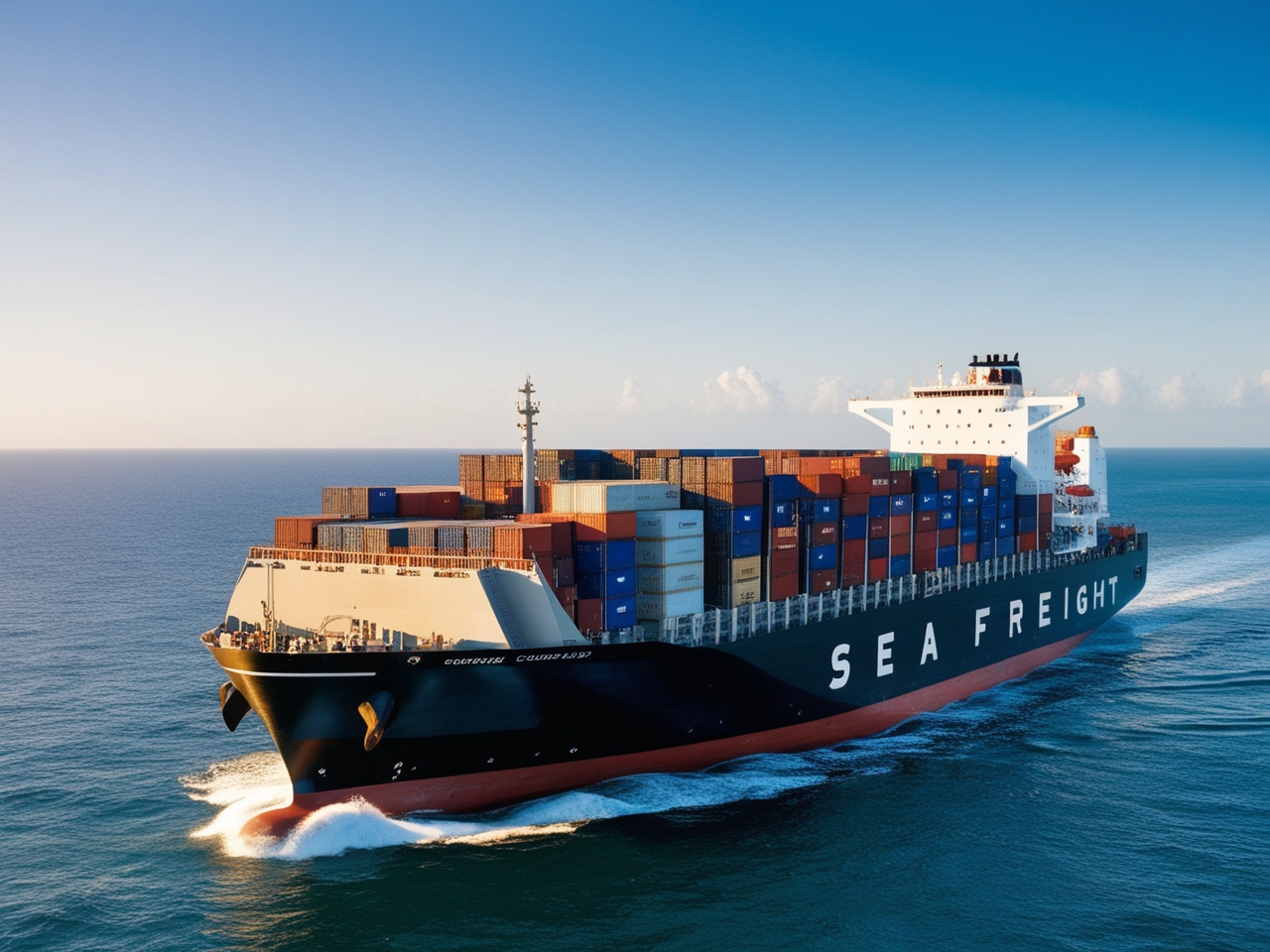
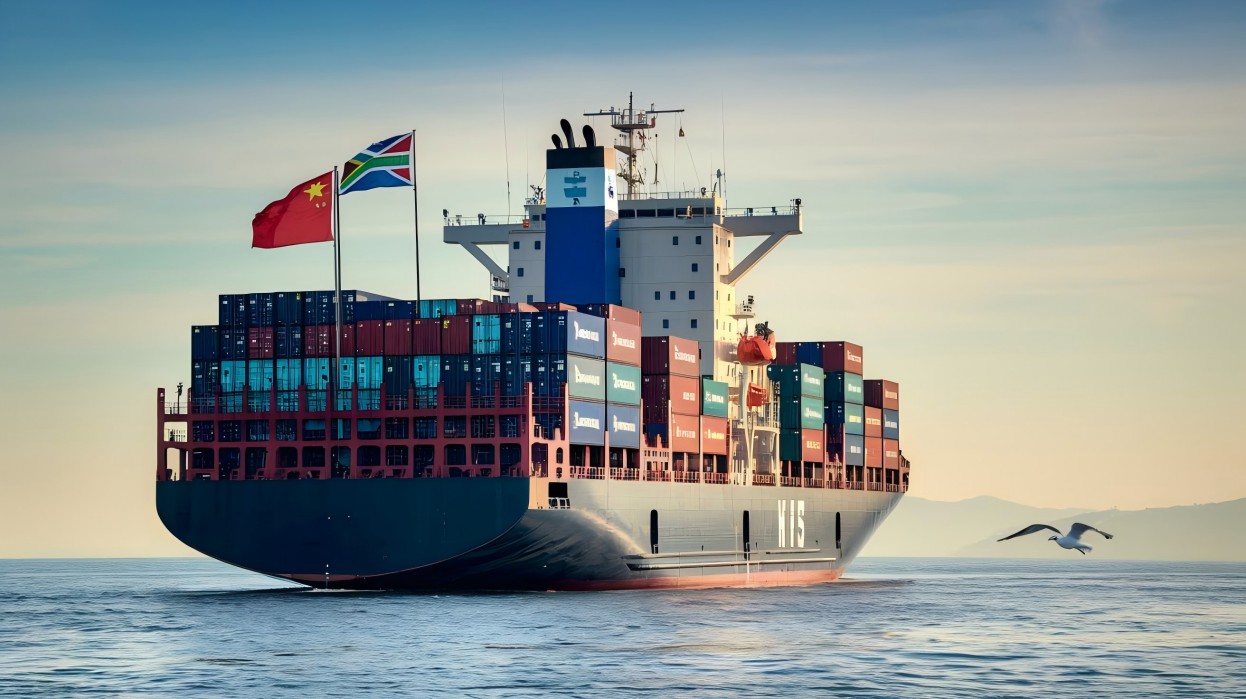
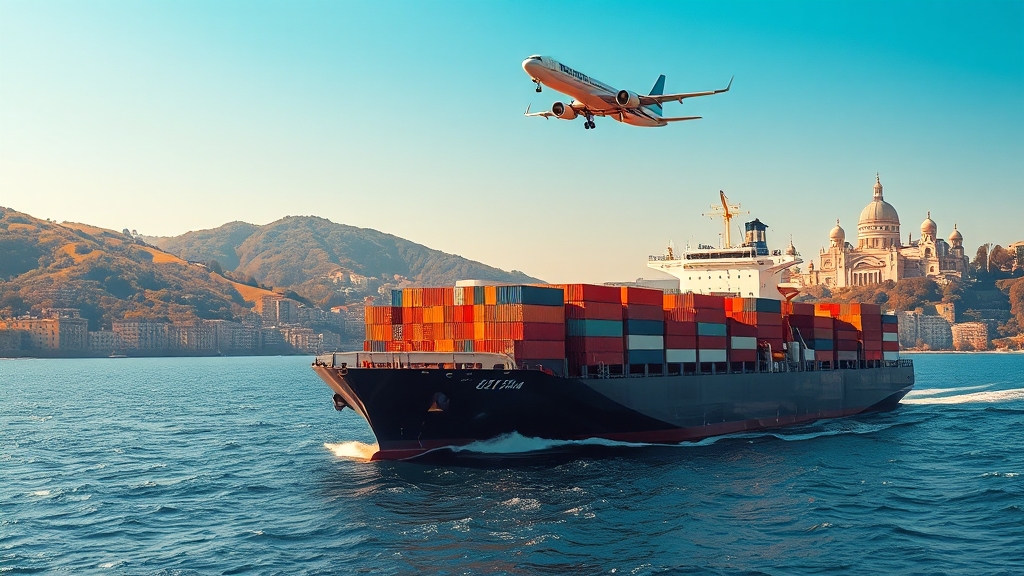
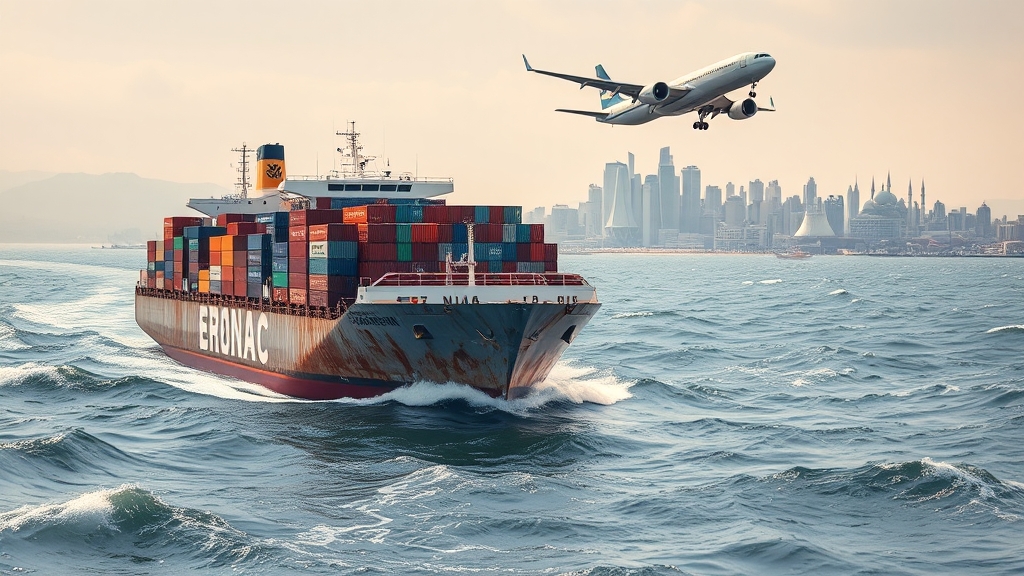
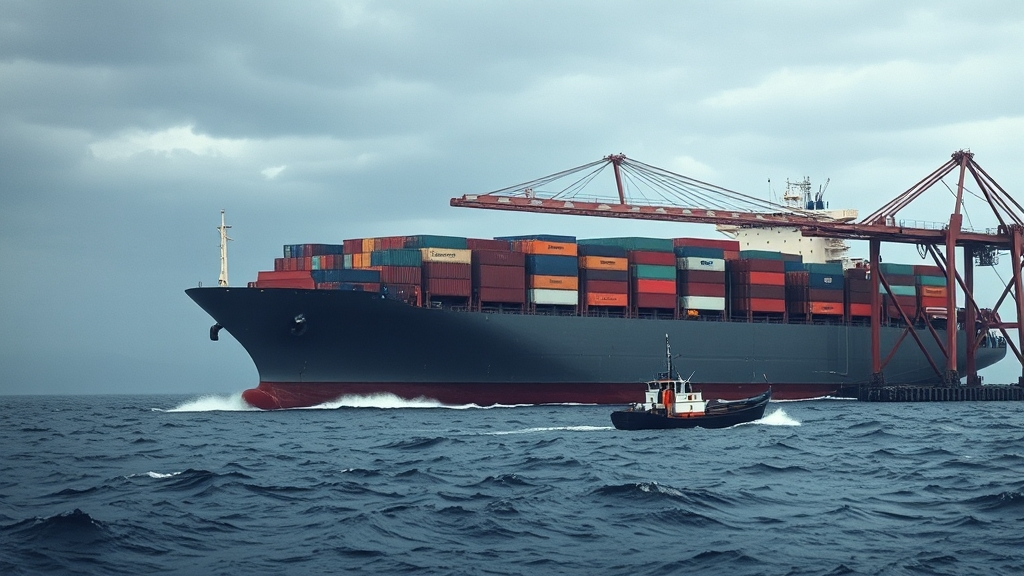





 Afrikaans
Afrikaans Shqip
Shqip አማርኛ
አማርኛ العربية
العربية Հայերեն
Հայերեն Azərbaycan dili
Azərbaycan dili Euskara
Euskara Беларуская мова
Беларуская мова বাংলা
বাংলা Bosanski
Bosanski Български
Български Català
Català Cebuano
Cebuano Chichewa
Chichewa 简体中文
简体中文 繁體中文
繁體中文 Corsu
Corsu Hrvatski
Hrvatski Čeština
Čeština Dansk
Dansk Nederlands
Nederlands English
English Esperanto
Esperanto Eesti
Eesti Filipino
Filipino Suomi
Suomi Français
Français Galego
Galego ქართული
ქართული Deutsch
Deutsch Ελληνικά
Ελληνικά Kreyol ayisyen
Kreyol ayisyen Harshen Hausa
Harshen Hausa Ōlelo Hawaiʻi
Ōlelo Hawaiʻi עִבְרִית
עִבְרִית हिन्दी
हिन्दी Hmong
Hmong Magyar
Magyar Íslenska
Íslenska Igbo
Igbo Bahasa Indonesia
Bahasa Indonesia Gaeilge
Gaeilge Italiano
Italiano 日本語
日本語 Basa Jawa
Basa Jawa ಕನ್ನಡ
ಕನ್ನಡ Қазақ тілі
Қазақ тілі ភាសាខ្មែរ
ភាសាខ្មែរ 한국어
한국어 كوردی
كوردی Кыргызча
Кыргызча ພາສາລາວ
ພາສາລາວ Latin
Latin Latviešu valoda
Latviešu valoda Lietuvių kalba
Lietuvių kalba Lëtzebuergesch
Lëtzebuergesch Македонски јазик
Македонски јазик Malagasy
Malagasy Bahasa Melayu
Bahasa Melayu മലയാളം
മലയാളം Maltese
Maltese Te Reo Māori
Te Reo Māori मराठी
मराठी Монгол
Монгол ဗမာစာ
ဗမာစာ नेपाली
नेपाली Norsk bokmål
Norsk bokmål پښتو
پښتو فارسی
فارسی Polski
Polski Português
Português ਪੰਜਾਬੀ
ਪੰਜਾਬੀ Română
Română Русский
Русский Samoan
Samoan Gàidhlig
Gàidhlig Српски језик
Српски језик Sesotho
Sesotho Shona
Shona سنڌي
سنڌي සිංහල
සිංහල Slovenčina
Slovenčina Slovenščina
Slovenščina Afsoomaali
Afsoomaali Español
Español Basa Sunda
Basa Sunda Kiswahili
Kiswahili Svenska
Svenska Тоҷикӣ
Тоҷикӣ தமிழ்
தமிழ் తెలుగు
తెలుగు ไทย
ไทย Türkçe
Türkçe Українська
Українська اردو
اردو O‘zbekcha
O‘zbekcha Tiếng Việt
Tiếng Việt Cymraeg
Cymraeg יידיש
יידיש Yorùbá
Yorùbá Zulu
Zulu